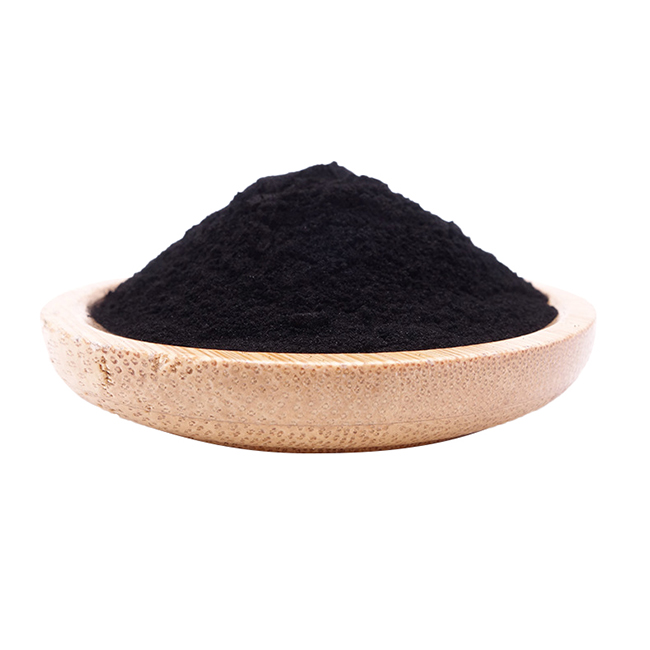
2023-07-17 The process of using activated carbon is simple: combine microscopic grains of carbon with polluted items you wish to cleanse, such as water, air, metals, or the human body.Activated carbon is a kind of porous carbon made by charring carbonaceous materials and filling them with dehydration chemicals
Read More 
2023-07-12 There are five primary forms of activated carbon. Each is better suited to a certain purpose than the others, and here are the most common types of activated carbon you will encounter.Activated Carbon GranulesBecause of its somewhat larger particle size, granulated activated carbon has a smaller ext
Read More 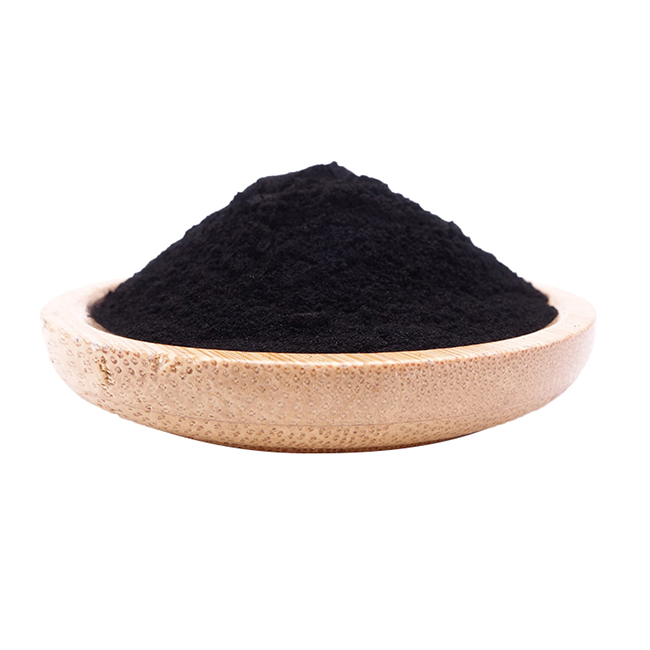
2023-07-12 Activated carbon has multiple applications in various industries. It may be utilized in a variety of ways depending on the situation. More information on this lightweight and one-of-a-kind material, including some of its features and applications, is provided below.What exactly is activated carbon?C
Read More 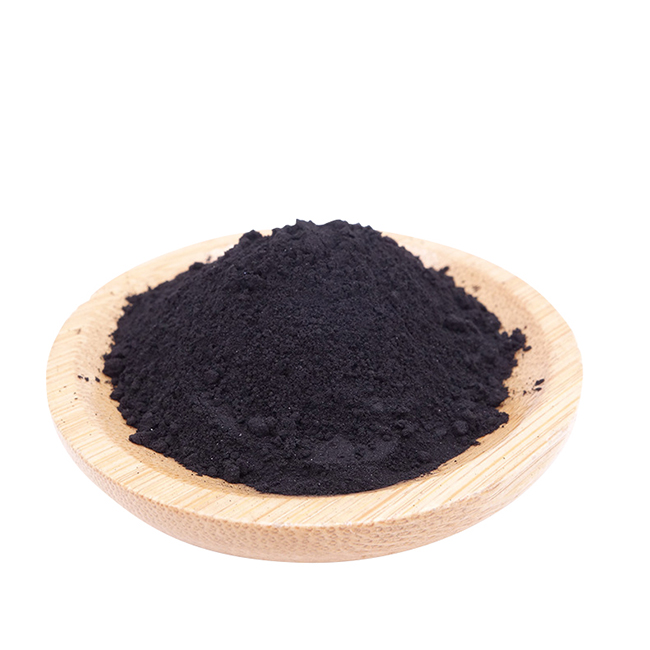
2023-07-12 Powder Activated Carbon manufacturing may be essentially classified into two types:Activated carbon that has been chemically powdered Activated carbon powder It has a black powder appearance, is odorless and tasteless, and does not dissolve in common solvents. High-grade wood chips and husks are emp
Read More 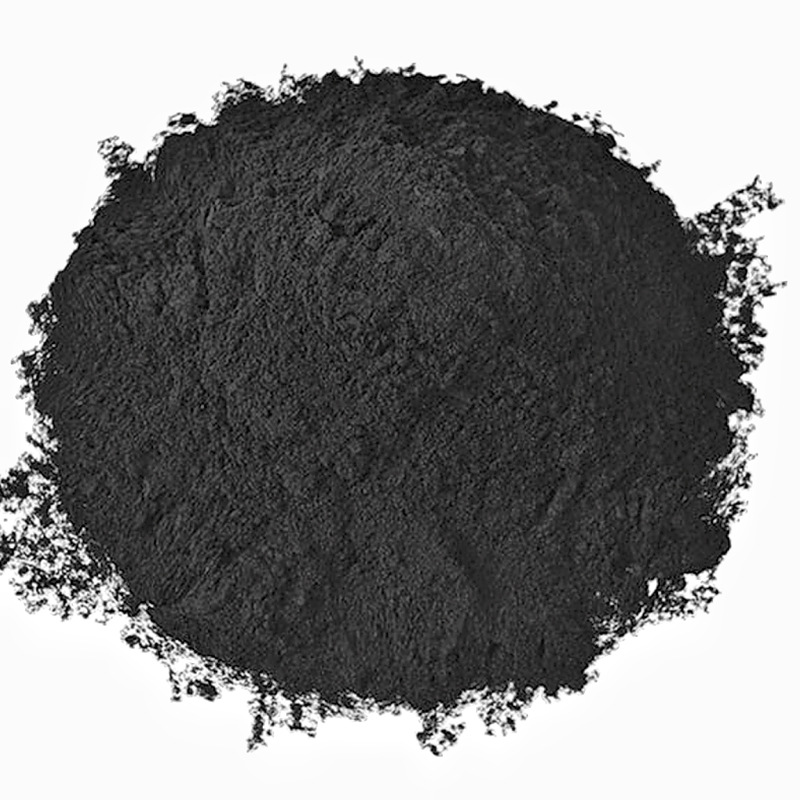
2023-07-12 Powdered Activated Carbon (PAC) has long been employed as a treatment option because to its convenience of usage and cost savings. PAC can be used dry or as a wet slurry (a combination of carbon and water). The primary drawback of powdered activated carbon is that it cannot be revived after usage an
Read More 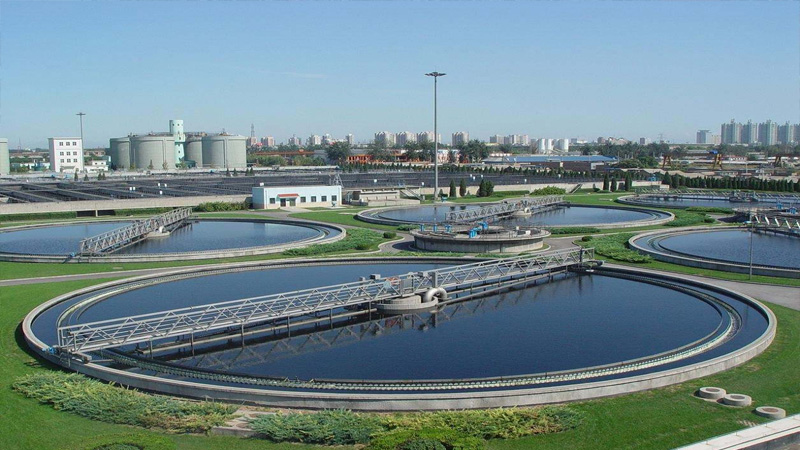
2023-06-05 1. Powdered activated carbon has a good effect on the removal of phenols. Adding powdered activated carbon significantly reduces the turbidity of the effluent and improves the water quality of tap water.2. Adding powdered activated carbon can effectively remove organic pollutants from water, which i
Read More 













